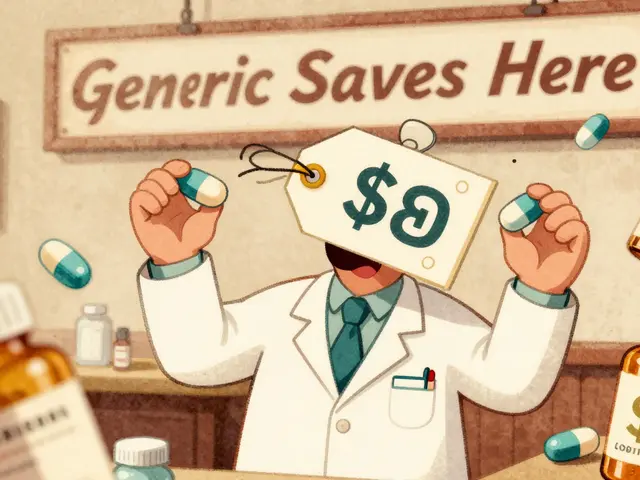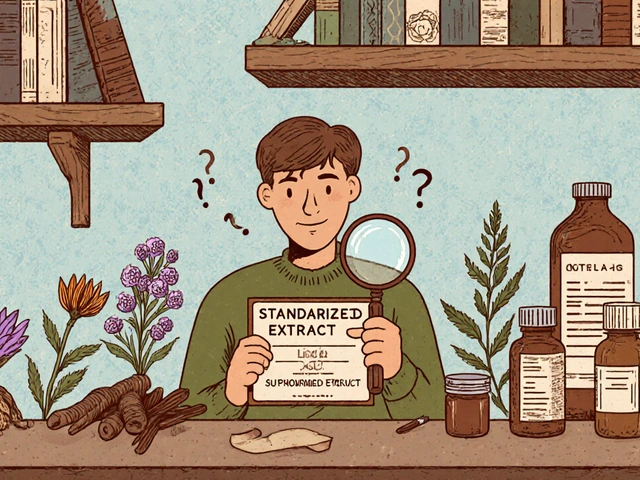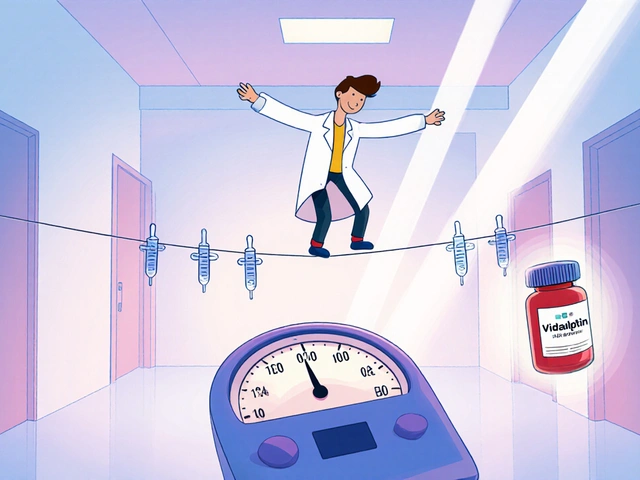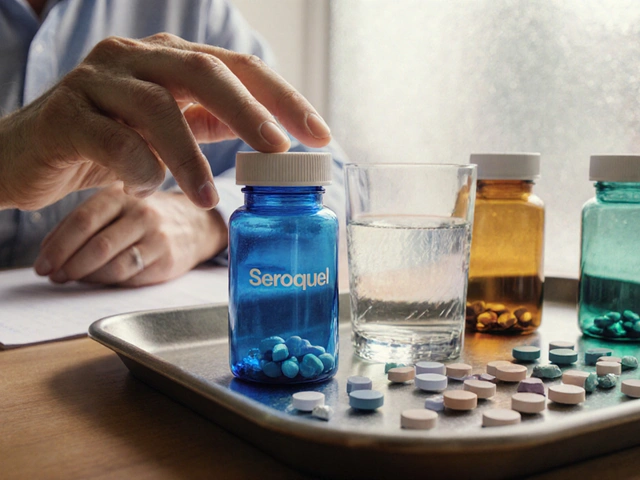2025 fertility options: what to try first and when to step up
Trying to get pregnant in 2025? You have more real choices than ever, but that can make decisions messy. This page sorts the main options — from simple fixes you can start at home to advanced clinic treatments — and helps you pick the next step based on age, time, and budget.
Medical treatments that work today
Start with basics: ovulation induction using letrozole (Femara) or clomiphene (Clomid) is often the first step if cycles are irregular. These pills help you ovulate and are low-cost, usually tried for 3–6 cycles under doctor supervision. If those fail, intrauterine insemination (IUI) combined with mild stimulation gives roughly a 10–20% chance per cycle for many couples.
In vitro fertilization (IVF) remains the most reliable option for many causes of infertility. Expect success rates to vary by age: younger women tend to see higher chances (roughly 30–50% per cycle under 35), while rates drop with age. ICSI — injecting a single sperm into an egg — helps with severe male-factor infertility. Preimplantation genetic testing (PGT-A) is an extra step some couples use to reduce miscarriage risk or screen embryos, but it adds cost and isn’t right for everyone.
Egg freezing (oocyte cryopreservation) is a practical choice if you want to delay pregnancy. Women under 35 usually need 10–15 eggs frozen to keep decent future odds; older women often need more cycles to reach that number. Costs vary a lot by country and clinic, so compare packages and ask about storage fees.
Less invasive steps and smart decisions
Before jumping to high-cost procedures, check for reversible issues: untreated thyroid problems, high BMI, smoking, or certain medications can block success. Track ovulation precisely (OPKs, basal temperature, or home progesterone checks) for a few cycles. Timing matters.
Supplements like folate and vitamin D are reasonable; others promise big results but lack firm proof. If you consider prescribed fertility meds, buy them through licensed pharmacies and talk to your doctor — buying drugs online without a prescription risks counterfeit products and wrong dosing.
Donor eggs, donor sperm, and surrogacy are valid paths when needed. Donor eggs increase success for older women; surrogacy is an option if carrying a pregnancy isn’t possible. Each brings legal, emotional, and financial issues, so get legal advice early.
How to choose a clinic: ask for live-birth rates by age, average embryos per retrieval, cancellation rates, and patient support services. Look for transparent pricing and a clear plan for next steps if a cycle fails.
If you’ve been trying for 6–12 months (or 3–6 months if over 35), see a fertility specialist. They’ll run tests that turn guesswork into a plan. Fertility in 2025 is practical: pick the right first step, measure progress, and escalate only when needed.

5 Alternatives to Clomid in 2025: Exploring New Options for Fertility Treatment
Navigating fertility treatments can be daunting, especially when traditional options like Clomid aren't suitable or effective. In 2025, several alternatives offer hope and personalized approaches for those pursuing parenthood. This article explores five promising treatments, highlighting their unique benefits, potential drawbacks, and how they compare, giving readers a comprehensive insight into selecting the right option for their fertility journey.
Read More




